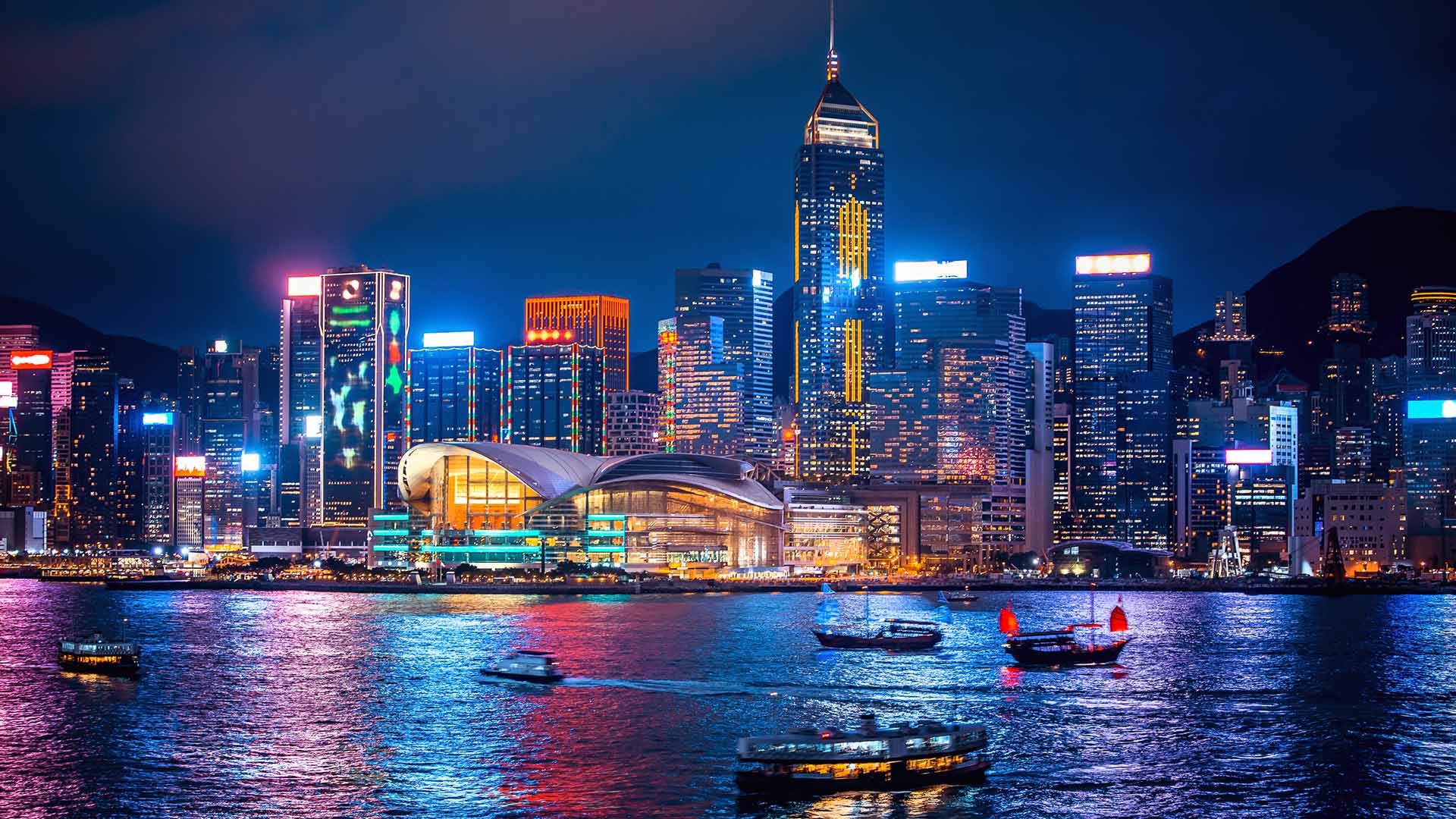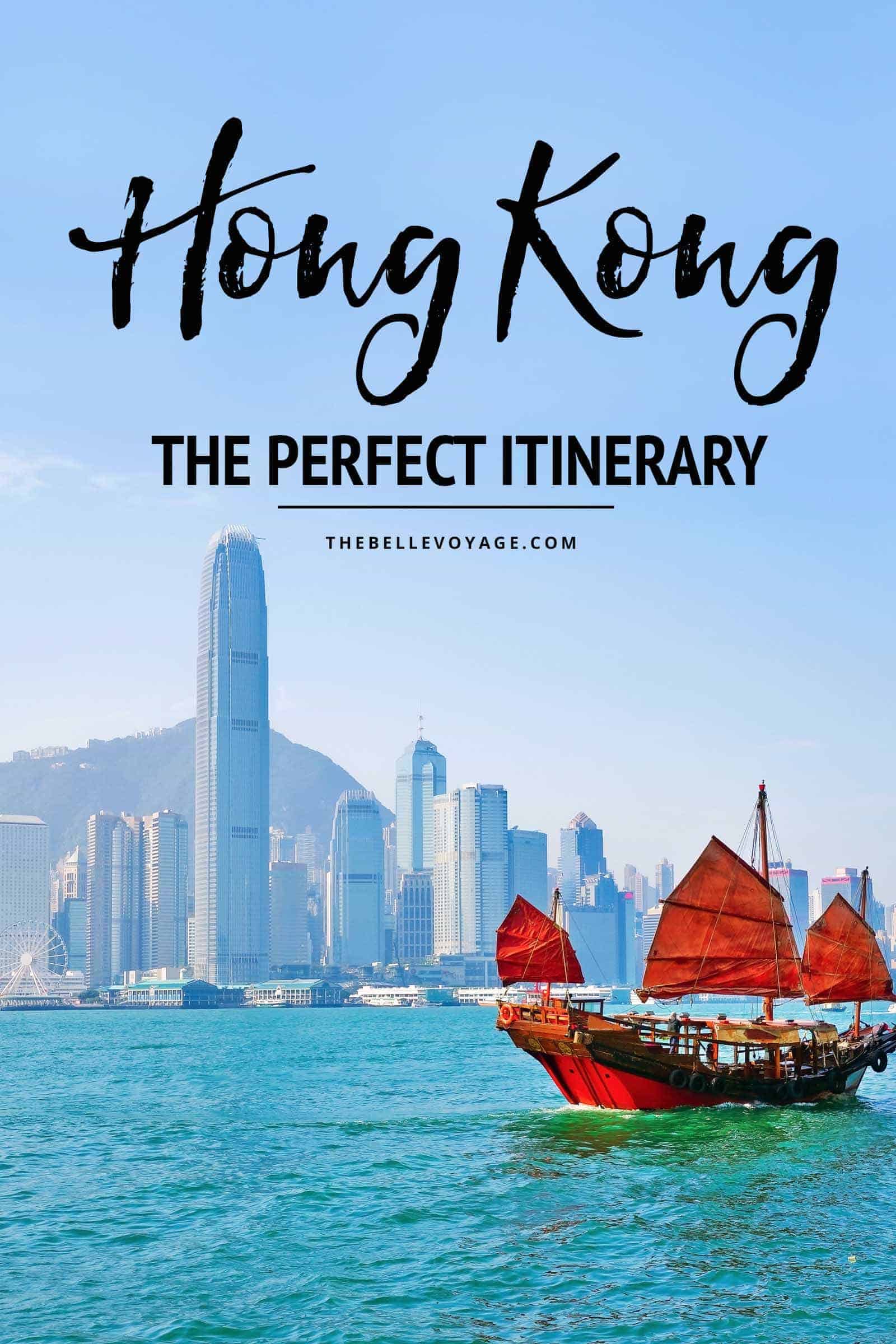
Hong Kong, a vibrant metropolis perched on the southeastern coast of China, is a captivating tapestry woven from threads of East and West, tradition and modernity, soaring skyscrapers and verdant hills. This former British colony pulsates with an energy that is both exhilarating and intoxicating, offering a sensory overload of sights, sounds, and tastes. From its iconic skyline to its bustling street markets, its serene temples to its world-class dining, Hong Kong promises an unforgettable travel experience.
This comprehensive guide will equip you with everything you need to embark on your journey to this dynamic city, from understanding its rich history and navigating its efficient transport system to discovering its must-see attractions and finding your perfect sanctuary.
A Glimpse into Hong Kong’s Storied Past

Related Articles about Hong Kong: A Symphony of Contrasts – Your Ultimate Guide to Navigating the Pearl of the Orient:
- Cusco: Gateway to the Sacred Valley and the Lost City of the Incas
- Whispers of the Past, Elegance of the Present: Discovering Kyoto’s Finest Hotels and Timeless Treasures
- Yogyakarta: The Soul of Java and Its Enduring Allure
- Osaka: A Culinary Capital and Cultural Kaleidoscope
- Indonesia: A Tapestry of Wonders – Unveiling the Archipelago’s Top Attractions
To truly appreciate Hong Kong, a brief understanding of its historical evolution is essential. For centuries, the area was a collection of fishing villages and trading posts inhabited by indigenous peoples. Its strategic location, however, caught the attention of imperial powers. The First Opium War (1839-1842) led to the cession of Hong Kong Island to Britain in 1842 under the Treaty of Nanking. Following the Second Opium War, Kowloon Peninsula was ceded in 1860, and the New Territories were leased to Britain for 99 years in 1898.
Under British rule, Hong Kong transformed into a vital trading hub, a gateway between China and the West. It weathered Japanese occupation during World War II and experienced significant economic growth in the latter half of the 20th century, becoming a global financial powerhouse. The handover of sovereignty to China in 1997 under the "one country, two systems" principle marked a new era, granting Hong Kong a high degree of autonomy and its own legal and economic systems. This unique historical trajectory has shaped Hong Kong into the distinct and multifaceted city it is today.
Top Attractions: A Kaleidoscope of Experiences
Hong Kong boasts an embarrassment of riches when it comes to attractions, catering to every interest and pace. Here are some of the absolute must-sees:
1. Victoria Peak (The Peak): No visit to Hong Kong is complete without ascending to Victoria Peak. The iconic Peak Tram, a steep funicular railway, offers a thrilling ride to the summit. From the observation decks, you’ll be rewarded with breathtaking panoramic views of Victoria Harbour, the glittering skyline of Hong Kong Island and Kowloon, and the surrounding islands. Visit during the day for a clear vista and at night for a dazzling display of city lights.
2. Star Ferry: A quintessential Hong Kong experience, the Star Ferry has been ferrying passengers across Victoria Harbour since 1888. The short, affordable journey offers unparalleled views of the cityscape from sea level. It’s a simple yet profoundly enjoyable way to soak in the city’s essence.
3. Temple Street Night Market: Immerse yourself in the vibrant chaos of this bustling night market. Here, you’ll find everything from cheap souvenirs and electronics to traditional Chinese trinkets and clothing. Sample local street food, get your fortune told, and enjoy the lively atmosphere.
4. Symphony of Lights: Witness this spectacular multimedia show that illuminates Victoria Harbour every evening at 8 PM. Lasers, searchlights, and synchronized music create a mesmerizing display against the iconic skyline.
5. Big Buddha and Po Lin Monastery (Lantau Island): Escape the urban bustle and journey to Lantau Island to visit the majestic Tian Tan Buddha, a colossal bronze statue seated atop a lotus throne. Explore the serene Po Lin Monastery, a working Buddhist monastery, and enjoy the tranquil surroundings. The Ngong Ping 360 cable car offers stunning aerial views on your way to the site.

6. Stanley Market and Stanley Promenade: Located on the southern coast of Hong Kong Island, Stanley offers a more relaxed vibe. Browse the stalls at Stanley Market for clothing, art, and souvenirs, and then enjoy a leisurely stroll along the promenade, perhaps stopping for a drink at one of the waterfront bars.
7. Dim Sum Delights: Hong Kong is a culinary paradise, and dim sum is an absolute must-try. Indulge in these bite-sized steamed or fried dumplings, buns, and other delicacies at a traditional tea house or a Michelin-starred restaurant.
8. Hong Kong Disneyland: For families and Disney enthusiasts, a visit to Hong Kong Disneyland offers a magical escape with thrilling rides, enchanting parades, and beloved characters.
9. Ocean Park: This popular marine-themed amusement park combines thrilling rides with animal exhibits, offering a fun-filled day for all ages.
10. Museums: Hong Kong boasts a diverse range of museums, including the Hong Kong Museum of History, the Hong Kong Space Museum, and the M+ Museum for visual culture, offering insights into the city’s past, present, and future.
Travel Tips for a Seamless Journey
To make your Hong Kong adventure smooth and enjoyable, keep these essential tips in mind:
- Visa Requirements: Check the visa requirements for your nationality well in advance of your travel. Many nationalities can enter Hong Kong visa-free for short stays.
- Currency: The official currency is the Hong Kong Dollar (HKD). Credit cards are widely accepted in hotels, restaurants, and larger shops, but it’s advisable to carry some cash for smaller vendors and markets.
- Language: The official languages are Cantonese and English. English is widely spoken and understood, especially in tourist areas, hotels, and business districts.
- Electricity: The power plugs are of type G (British-style three-pin). The voltage is 220V, and the frequency is 50Hz. Bring an adapter if necessary.
- Tipping: Tipping is not mandatory in Hong Kong, but it’s customary to leave a small tip (around 10%) for excellent service in restaurants. Hotel staff often expect a small gratuity.
- Etiquette: Be mindful of local customs. Remove your shoes before entering a temple or someone’s home. Avoid loud conversations on public transport.
- Staying Connected: Purchase a local SIM card or portable Wi-Fi device for affordable data access. Many hotels and public spaces offer free Wi-Fi.
- Safety: Hong Kong is generally a very safe city. However, exercise caution in crowded areas to avoid pickpocketing.
- Hydration: The climate can be humid, especially during summer. Drink plenty of water to stay hydrated.
- Sun Protection: The sun can be intense, so wear sunscreen, a hat, and sunglasses.
Accommodation Options: From Luxury to Budget
Hong Kong offers a diverse range of accommodation to suit every budget and preference:
-
Luxury Hotels: For a lavish experience, consider the opulent hotels in Central, Tsim Sha Tsui, or Causeway Bay, offering stunning harbor views, world-class amenities, and impeccable service. Options include The Peninsula Hong Kong, Mandarin Oriental, and Four Seasons Hotel Hong Kong.
-
Mid-Range Hotels: You’ll find excellent mid-range hotels in areas like Tsim Sha Tsui, Mong Kok, and Sheung Wan, offering comfortable rooms and convenient access to attractions and transport. Many international and local chains provide reliable options.
-
Boutique Hotels: For a more intimate and stylish stay, explore Hong Kong’s charming boutique hotels, often found in historic buildings or trendy neighborhoods like Sheung Wan and Sai Ying Pun. These offer unique character and personalized service.
-
Budget-Friendly Options: Hostels and guesthouses are plentiful, especially in areas like Mong Kok and Causeway Bay. These are ideal for solo travelers or those on a tight budget, offering basic amenities and a social atmosphere.
-
Serviced Apartments: For longer stays or families, serviced apartments provide the convenience of a home away from home with kitchen facilities and more space.
Pro Tip: Book your accommodation in advance, especially during peak seasons, to secure the best rates and availability.
Transportation: Navigating the City with Ease
Hong Kong boasts one of the most efficient and extensive public transportation systems in the world. Getting around is a breeze:
-
MTR (Mass Transit Railway): The MTR is the backbone of Hong Kong’s public transport. This clean, reliable, and extensive subway network connects most major attractions and districts on both Hong Kong Island and Kowloon. Purchase an Octopus Card, a rechargeable smart card, for seamless travel on the MTR, buses, trams, ferries, and even in some convenience stores.
-
Buses: A comprehensive bus network covers areas not directly served by the MTR. Different companies operate various routes, and signs are usually bilingual.
-
Trams (Ding Dings): The iconic double-decker trams on Hong Kong Island are a charming and affordable way to experience the city at a slower pace. They are particularly useful for exploring areas like Central, Wan Chai, and Causeway Bay.
-
Ferries: Apart from the Star Ferry, a network of public and private ferries connects Hong Kong Island, Kowloon, and various outlying islands.
-
Taxis: Taxis are readily available and metered. They are generally clean and safe. Be aware that there are different colored taxis for different operating areas (red for Hong Kong Island and Kowloon, green for the New Territories and Lantau).
-
Airport Express: The Airport Express is a high-speed train that connects Hong Kong International Airport (HKG) to the city center in just 24 minutes, making it the fastest way to reach your accommodation.
Best Time to Visit Hong Kong
Hong Kong experiences a subtropical climate with distinct seasons:
-
Autumn (September to November): This is widely considered the best time to visit Hong Kong. The weather is pleasant, with warm temperatures (around 20-27°C), low humidity, and plenty of sunshine. It’s ideal for outdoor exploration and sightseeing.
-
Winter (December to February): Winters are mild and dry, with temperatures typically ranging from 15-20°C. It can be cool in the evenings, but generally comfortable for exploring. This is also a popular time due to the festive atmosphere around Christmas and Chinese New Year.
-
Spring (March to May): Spring can be unpredictable, with increasing humidity and occasional rain showers. Temperatures gradually rise, making it warmer but potentially more muggy.
-
Summer (June to August): Summers are hot and humid, with temperatures often exceeding 30°C. This is also the typhoon season, so be prepared for potential disruptions. However, if you can tolerate the heat and humidity, you can find good deals on accommodation and flights.
Consider your priorities: If you prefer ideal weather for sightseeing, aim for autumn. If you’re looking for a festive atmosphere and don’t mind cooler temperatures, winter is a good choice.
Embracing the Symphony
Hong Kong is a city that constantly evolves, a vibrant blend of old and new that will captivate your senses and leave an indelible mark on your memory. Whether you’re drawn to its towering skyscrapers and bustling markets or its serene temples and delicious cuisine, this Pearl of the Orient offers an adventure unlike any other. By planning your trip with this comprehensive guide, you’re well on your way to experiencing the unforgettable symphony of contrasts that is Hong Kong. So pack your bags, open your mind, and prepare to be amazed.





